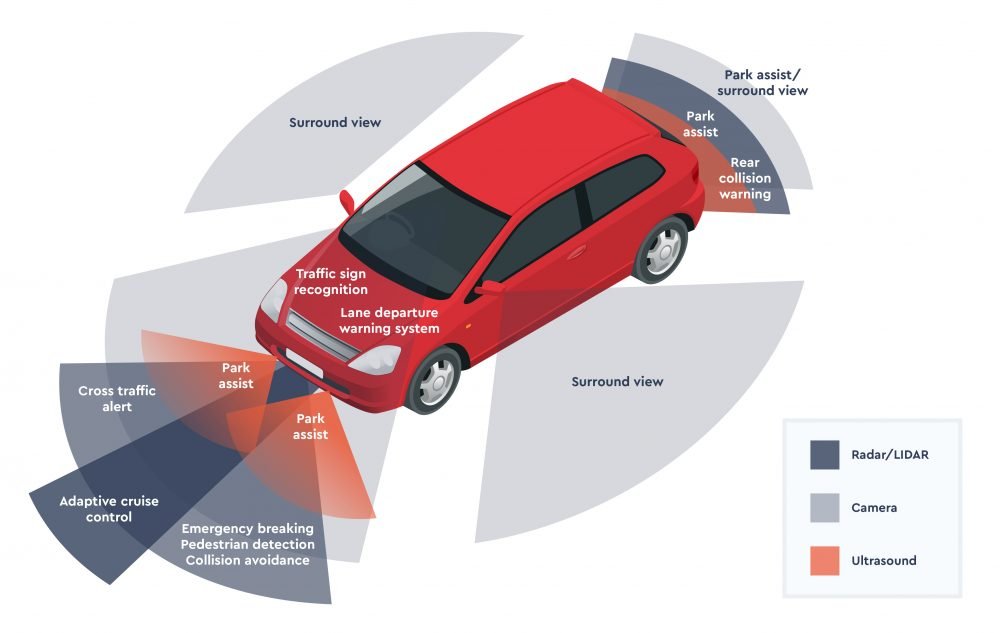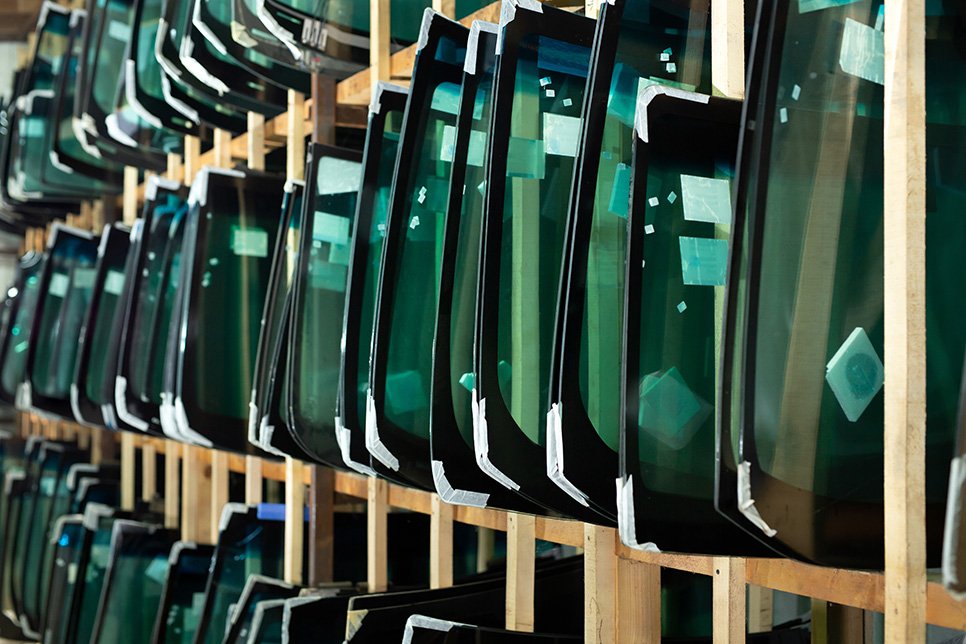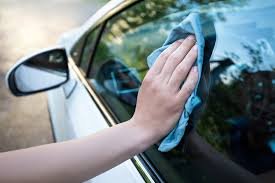When it comes to replacing your vehicle’s windshield or side windows, one of the most important decisions you’ll face is choosing between OEM (Original Equipment Manufacturer) auto glass and aftermarket auto glass. While they may seem similar at first glance, the differences can affect your vehicle’s safety, performance, warranty, and even insurance claims.
Whether you’re dealing with a cracked windshield, planning a complete glass replacement, or simply exploring your options, this guide explains everything you need to know about OEM vs. aftermarket auto glass so you can make the best, most informed decision for your car and your safety.
What Is OEM Auto Glass?
OEM auto glass is manufactured by the same company that produced the original windshield or window for your vehicle’s brand. It’s designed to meet the exact specifications, quality standards, and safety requirements of your original factory-installed glass.
When you choose OEM, you’re essentially getting a product that is identical in shape, size, color, thickness, and durability to the original. OEM glass often comes with manufacturer logos or branding and is the preferred choice by dealerships and luxury vehicle owners.
OEM glass typically costs more but ensures seamless fit, finish, and performance, especially for vehicles equipped with advanced safety systems such as ADAS (Advanced Driver Assistance Systems) that rely on accurate glass mounting and calibration.
What Is Aftermarket Auto Glass?
Aftermarket auto glass is produced by third-party manufacturers who are not affiliated with your vehicle’s automaker. These companies create glass that fits a variety of makes and models, often at a lower cost than OEM.
While reputable aftermarket glass meets basic Department of Transportation (DOT) safety standards, it may vary in terms of thickness, tint shade, clarity, and acoustic properties. Some aftermarket glass is excellent in quality, while lower-end products may fall short in long-term durability or ADAS compatibility.
The main appeal of aftermarket auto glass is cost-effectiveness. If your vehicle is older or doesn’t rely on calibration-sensitive systems, aftermarket options can be a practical and economical choice.
Key Differences Between OEM and Aftermarket Auto Glass
1. Quality and Fit
OEM glass guarantees an exact match to the original windshield or window. This means optimal sealing, visibility, and durability. Aftermarket glass may vary slightly in curvature, thickness, or clarity, which can affect installation or long-term performance.
2. Safety and Performance
OEM glass is crash-tested by the vehicle’s manufacturer and is designed to work in conjunction with airbags and other safety systems. Improperly fitted aftermarket glass can affect the timing of airbag deployment or reduce structural integrity in a rollover accident.
3. ADAS Compatibility
Vehicles with ADAS features—like lane departure warnings, adaptive cruise control, or automatic braking—require precise glass alignment and clarity for sensors and cameras to function correctly. OEM glass is engineered for these systems, while not all aftermarket options offer compatible features.
4. Insurance Coverage
Many insurance companies will cover the cost of OEM glass only if it’s specifically requested, or if your policy includes OEM parts. Otherwise, they may default to using aftermarket parts unless you pay the difference out of pocket.
5. Warranty and Resale Value
OEM glass typically maintains the integrity of your factory warranty and may be more attractive to buyers if you plan to resell your vehicle. Aftermarket installations may void certain warranties or be flagged during vehicle inspections.
When Should You Choose OEM Auto Glass?
OEM auto glass is ideal if:
- Your vehicle is still under manufacturer warranty
- Your car includes ADAS features requiring calibration
- You want to maintain original factory specifications
- You drive a luxury or high-end model
- You’re concerned about resale value or insurance compliance
Choosing OEM ensures the highest quality and compatibility, which may be worth the higher price for newer or more technologically advanced vehicles.
When Is Aftermarket Auto Glass a Smart Option?
Aftermarket glass makes sense if:
- Your vehicle is older and no longer under warranty
- You’re looking for a more budget-friendly solution
- Your insurance policy doesn’t cover OEM replacements
- You don’t require ADAS compatibility
- You’re comfortable with slight variations in specs
For many drivers, especially those with standard vehicles and no advanced tech systems, high-quality aftermarket glass offers a safe and cost-effective alternative to OEM.
Does Choosing OEM or Aftermarket Affect Windshield Calibration?
Yes, particularly for modern vehicles with ADAS systems. Many front-facing cameras and sensors are mounted to the windshield. When you replace your windshield, the angle, thickness, and tint of the new glass can affect the function of these sensors.
OEM windshields are manufactured with these systems in mind, ensuring exact alignment. Aftermarket glass may be compatible—but only if it’s certified for ADAS calibration. If recalibration isn’t possible or done improperly, safety systems can malfunction, leading to serious risks on the road.
Always confirm that your auto glass service provider offers ADAS recalibration after replacement, especially when using aftermarket products.

What Do Experts Recommend for Safety and Value?
Most auto safety experts recommend OEM auto glass for vehicles with ADAS or if the vehicle is still under warranty. The higher cost is offset by greater safety assurance, exact fitment, and guaranteed compatibility.
However, high-quality aftermarket options from trusted brands (such as PGW, Pilkington, or Guardian) are also recommended for standard vehicles where ADAS systems aren’t present, and the glass doesn’t play a role in critical sensor functions.
What matters most is choosing a reputable auto glass technician—someone who’s experienced, licensed, and certified to install both OEM and aftermarket glass with precision and care.
Conclusion: Making the Right Choice for Your Auto Glass Replacement
When it comes to OEM vs. aftermarket auto glass, there’s no one-size-fits-all answer. Your decision should be based on your vehicle’s technology, your budget, and your long-term priorities for safety, performance, and resale value.
If you own a newer vehicle or one with ADAS features, OEM glass is likely the safer, smarter investment. For older models or budget-conscious drivers, a reliable aftermarket glass installation may offer excellent performance at a lower cost.
No matter which option you choose, always work with a certified auto glass repair and replacement professional who understands your vehicle’s specifications and local safety regulations.
For expert guidance and professional installation of OEM or aftermarket auto glass in San Diego, El Cajon, or surrounding areas, contact your trusted local auto glass service provider today.






